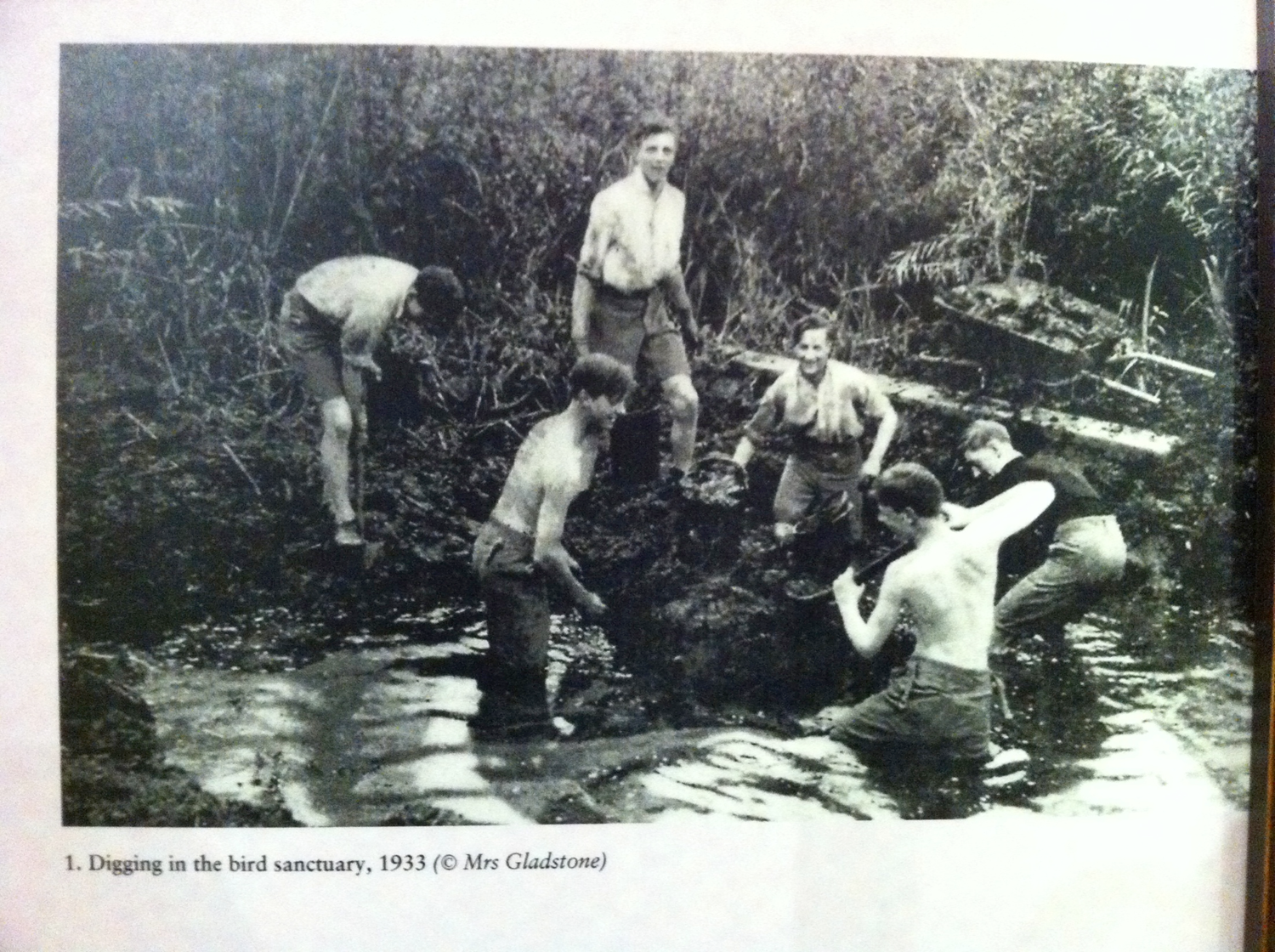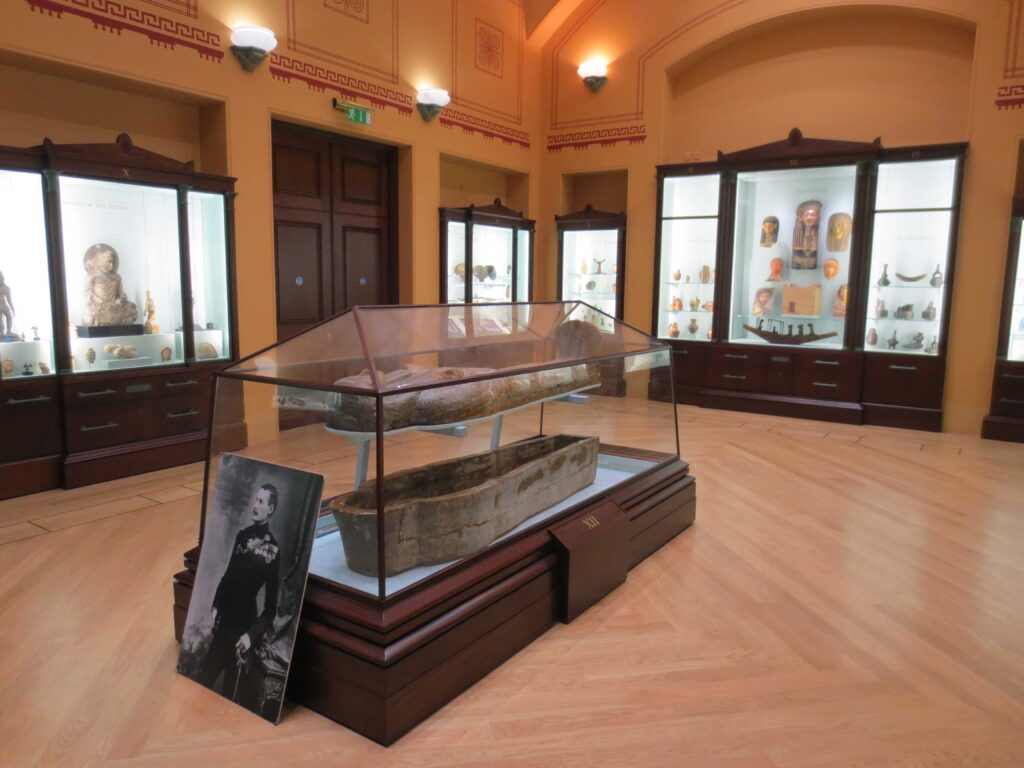This nature reserve was started by Eton boys in 1934 on the site of old osier (willow) beds on a site on the north bank of the Thames. It’s easily missed as you walk along the tow path heading west just before you go under the Windsor Relief Road.
The site was the focus of interest of what was at that time a very active College Natural History Society. A small pond was dug out by the boys and there is a photo below of them wallowing in mud, glorious mud!
There is a comprehensive bird species list from that time and details of nests and hatching success, plus details of the sort of habitats that were created to encourage birds. 46 species were recorded during its first decade and the boys counted 41 nests produced by 16 species in 1937. At that time there were numerous Reed and Sedge Warblers. Interest of boys in the site waned progressively from the 1970s onwards and it is only in the last fifteen years that efforts have been made to conserve the area and conduct surveys. Recent surveys show that the number of bird species has declined to 27, largely due to the habitat drying up. The most notable species now are Reed Buntings, Chiffchaffs, Garden Warblers and Whitethroat. Two snails on the site are listed in the Red Data Book, meaning that they are very rare. They are Perforatella rubiginosa and Lacinaria biplicata. Moth surveys have shown a decent species list and one nationally rare species, the Cream-bordered Green Pea (Earias clorana). There are four nationally scarce spiders on the reserve and six nationally scarce beetles and a rare ant (Lasius brunneus). The cutest species seen was a Harvest Mouse (Micromys minutus) which appeared one evening whilst a moth survey was being carried out!




